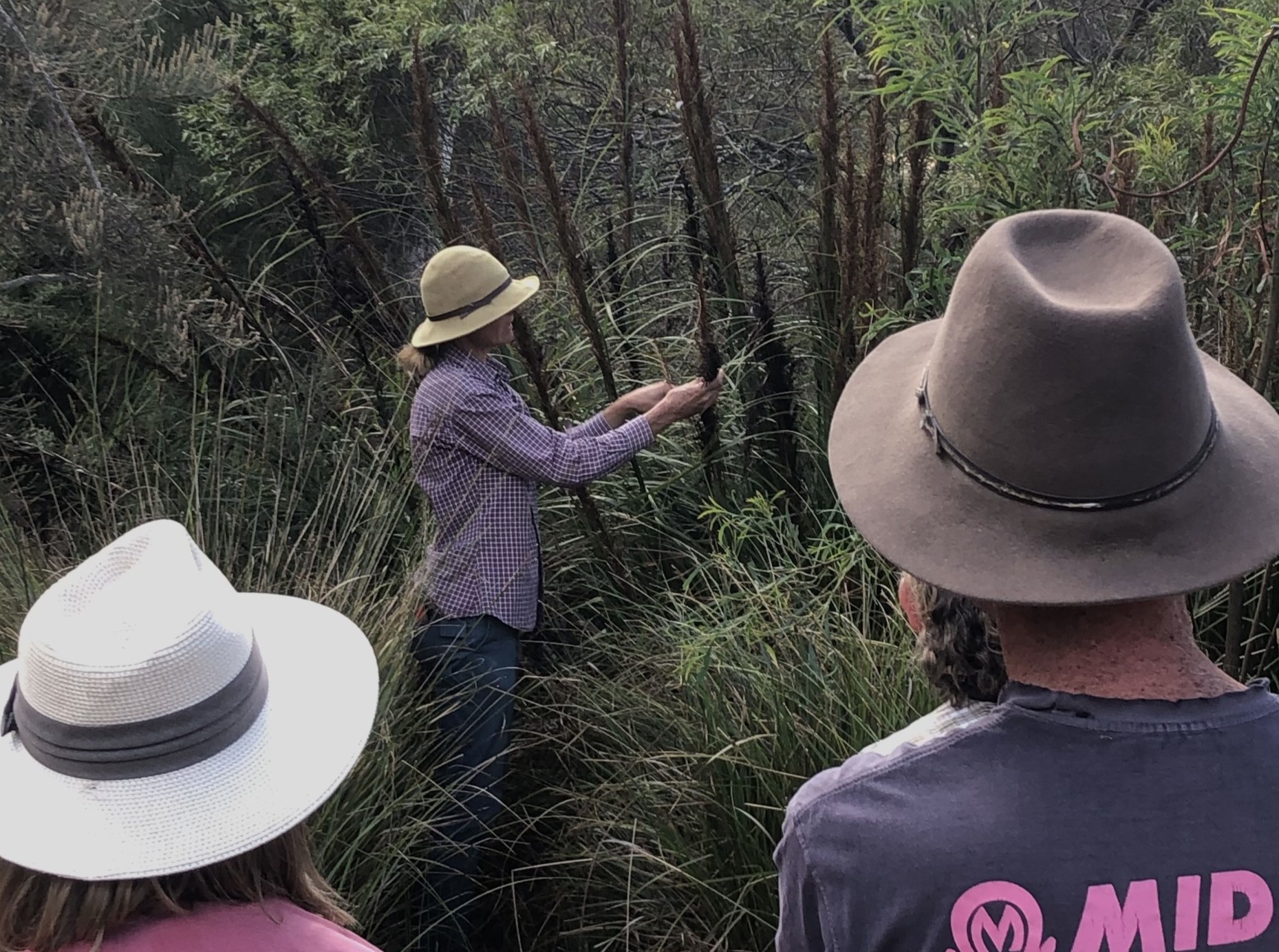Contribute to conservation of Tasmania’s natural environment

The Understorey Network (USN) is committed to preserving biodiversity. Becoming a member is a great way to support the USN committee and volunteers in their work of propagating, preserving and promoting Tasmanian native plants. Read more about the USN’s operations in its Strategic Plan and Constitution.
Also, you are most welcome to visit the USN native plant nursery at Tolosa Park, meet the volunteers and take a tour of the site, any Monday (except public holidays) between 9.30am and 2.30pm.
The USN membership fee is $10 per year, per person. Membership supports the USN committee and volunteers in their work of propagating Tasmanian native plants. Memberships are paid on a rolling subscription - your membership renewal date will be exactly one year after your first membership payment.
We welcome everyone who would like to join the Understorey Network and help further our vision of conserving and restoring Tasmania’s natural environment. If you are interested in becoming a member of the USN, please contact us by email.